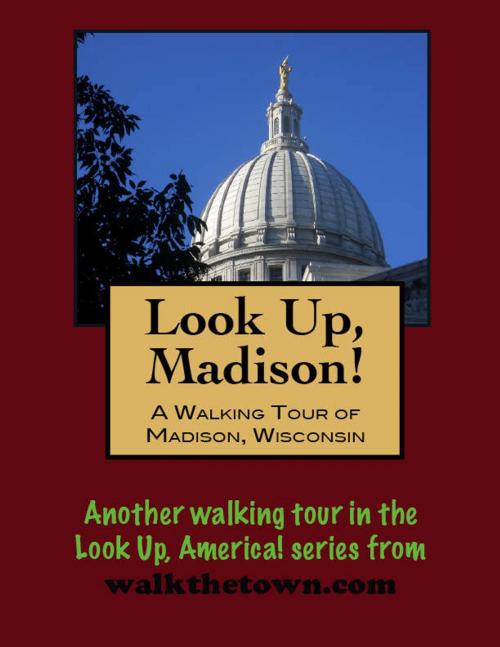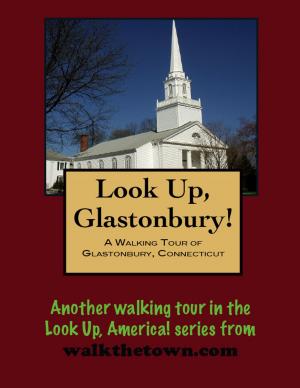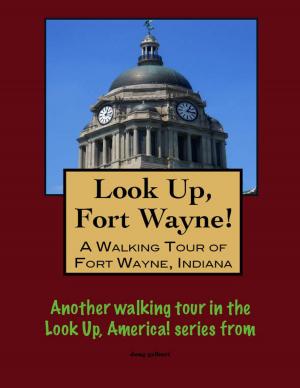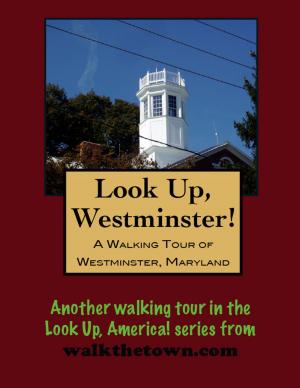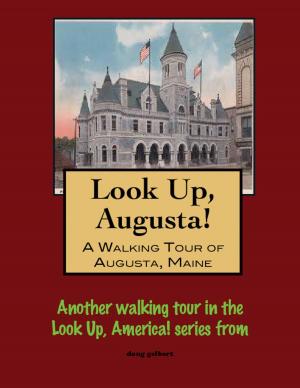Look Up, Madison! A Walking Tour of Madison, Wisconsin
Nonfiction, Travel, United States, History, Americas| Author: | Doug Gelbert | ISBN: | 9781466116818 |
| Publisher: | Doug Gelbert | Publication: | November 22, 2011 |
| Imprint: | Smashwords Edition | Language: | English |
| Author: | Doug Gelbert |
| ISBN: | 9781466116818 |
| Publisher: | Doug Gelbert |
| Publication: | November 22, 2011 |
| Imprint: | Smashwords Edition |
| Language: | English |
There is no better way to see America than on foot. And there is no better way to appreciate what you are looking at than with a walking tour. Whether you are preparing for a road trip or just out to look at your own town in a new way, a downloadable walking tour is ready to explore when you are.
Each walking tour describes historical and architectural landmarks and provides pictures to help out when those pesky street addresses are missing. Every tour also includes a quick primer on identifying architectural styles seen on American streets.
James Duane Doty was appointed a federal judge for the newly created northern and western Michigan Territory (today's Wisconsin and Upper Peninsula) in 1823 when he was just 23 years old. Doty was replaced as judge in 1832 and after that stood for election to represent western Michigan Territory as a delegate in Congress. He lost and turned his attention to land speculation, gobbling up thousands of acres in the district.
In 1836 when Wisconsin Territory was created, Doty hoped to be appointed territorial governor but President Andrew Jackson gave the post to Henry Dodge, a longtime political rival of Doty. Unable to lead the new territory, Doty settled on the next best thing - getting the new territorial capital located on his land. He lobbied hard, filling legislators with grand plans of railroads and canals for his city that existed only in a few sketches on paper. It worked. In 1836 an isthmus on the Four Lakes of the Yahar River was declared the permanent capital and named after the fourth President of the United States, James Madison.
James Doty would go on to win the seat in Congress that eluded him and become the second territorial governor. He worked on the Constitutional Convention that resulted in Wisconsin statehood in 1848 and was a member of the U.S. House of Representatives from Wisconsin's 3rd district. He retired to an island in the Fox River but called back into government service by Abraham Lincoln to govern the Utah Territory where he died in office in 1865.
Meanwhile the town that he had founded, despite grumblings about relocation, made the transition to state capital in 1848 and the University of Wisconsin was established here at the same time. Even so, the thickets on the isthmus remained so dense the village of Madison and its 1,672 residents were classified as an "inhabited forest." But with the reliable economic engines of government and education firmly in place that was not going to be the way of the world for long. The first train arrived in 1854 and the streets were lit with gas a year later. By 1860 the population had climbed over 6,000 and hasn't stopped since.
Madison's growth has not been a boon for lovers of old buildings. There has always been money available to tear down the old and put up the new in the name of progress. Nonetheless there are still heritage buildings from the 19th century in downtown Madison where the explorer is never more than seven blocks from the lake. But our search for these souvenir structures will start with one that isn't quite that old, having replace its predecessor that burned in 1904...
There is no better way to see America than on foot. And there is no better way to appreciate what you are looking at than with a walking tour. Whether you are preparing for a road trip or just out to look at your own town in a new way, a downloadable walking tour is ready to explore when you are.
Each walking tour describes historical and architectural landmarks and provides pictures to help out when those pesky street addresses are missing. Every tour also includes a quick primer on identifying architectural styles seen on American streets.
James Duane Doty was appointed a federal judge for the newly created northern and western Michigan Territory (today's Wisconsin and Upper Peninsula) in 1823 when he was just 23 years old. Doty was replaced as judge in 1832 and after that stood for election to represent western Michigan Territory as a delegate in Congress. He lost and turned his attention to land speculation, gobbling up thousands of acres in the district.
In 1836 when Wisconsin Territory was created, Doty hoped to be appointed territorial governor but President Andrew Jackson gave the post to Henry Dodge, a longtime political rival of Doty. Unable to lead the new territory, Doty settled on the next best thing - getting the new territorial capital located on his land. He lobbied hard, filling legislators with grand plans of railroads and canals for his city that existed only in a few sketches on paper. It worked. In 1836 an isthmus on the Four Lakes of the Yahar River was declared the permanent capital and named after the fourth President of the United States, James Madison.
James Doty would go on to win the seat in Congress that eluded him and become the second territorial governor. He worked on the Constitutional Convention that resulted in Wisconsin statehood in 1848 and was a member of the U.S. House of Representatives from Wisconsin's 3rd district. He retired to an island in the Fox River but called back into government service by Abraham Lincoln to govern the Utah Territory where he died in office in 1865.
Meanwhile the town that he had founded, despite grumblings about relocation, made the transition to state capital in 1848 and the University of Wisconsin was established here at the same time. Even so, the thickets on the isthmus remained so dense the village of Madison and its 1,672 residents were classified as an "inhabited forest." But with the reliable economic engines of government and education firmly in place that was not going to be the way of the world for long. The first train arrived in 1854 and the streets were lit with gas a year later. By 1860 the population had climbed over 6,000 and hasn't stopped since.
Madison's growth has not been a boon for lovers of old buildings. There has always been money available to tear down the old and put up the new in the name of progress. Nonetheless there are still heritage buildings from the 19th century in downtown Madison where the explorer is never more than seven blocks from the lake. But our search for these souvenir structures will start with one that isn't quite that old, having replace its predecessor that burned in 1904...
